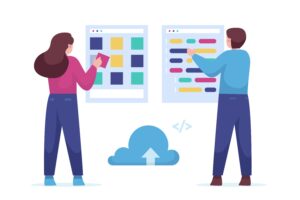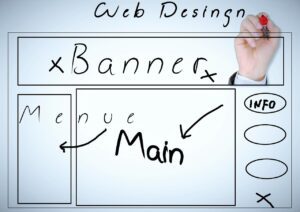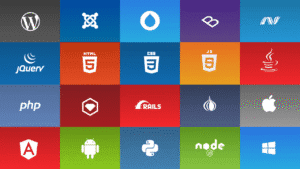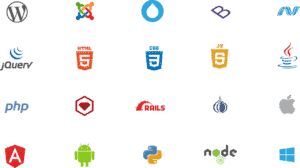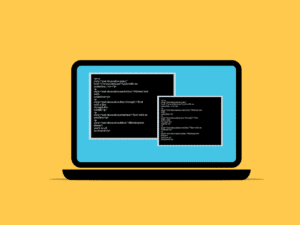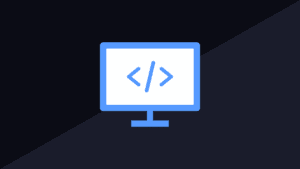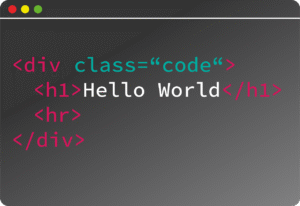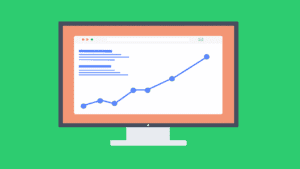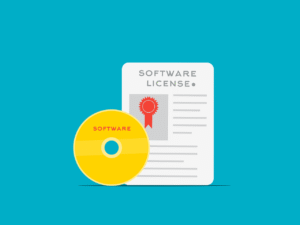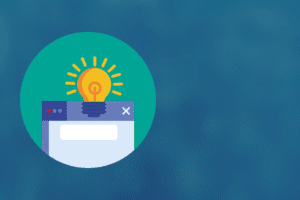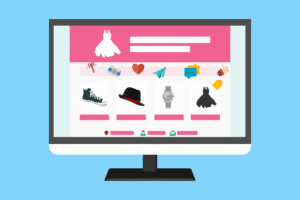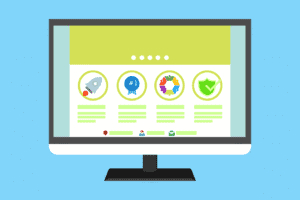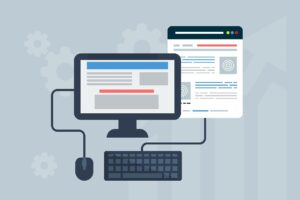
Introduction: Understanding the Importance of Website Development
Building a website is more than just making your online presence look good. These days, many people turn to the internet to find products, services, or information. If you want your business or hobby to thrive, your website needs to be strong and easy to find.
This guide aims to help beginners understand the basics of website development. By the end, you’ll know what steps to take to create a website that looks great, works well, and attracts visitors.
Right now, there are over 1.9 billion websites on the internet. Plus, small business websites get more traffic and sales than they used to. Trends show that having a website is no longer optional — it’s a must for growth and success.
What is Website Development?
Definition and Scope
Website development involves creating websites and making sure they work correctly. It includes designing the look, writing code, and setting up servers where the site lives.
Think of a website as a house: front-end work is what visitors see — the walls, colors, and layout. Back-end work is like the plumbing and wiring — what makes everything run smoothly behind the scenes. Full-stack developers handle both parts, just like a builder who manages everything from foundation to finishing touches.
Why Website Development Matters
A good website helps your business stand out. It builds trust, attracts new customers, and keeps current ones coming back. For example, Amazon’s success is driven by a well-developed site that makes shopping easy.
If your website is slow or hard to navigate, visitors leave quickly. Effective development ensures your site looks nice, loads fast, and works on smartphones — all important for growth today.
Planning Your Website
Setting Goals and Objectives
Start by asking: What do I want my website to do? Is it meant to share information, sell products, or showcase a portfolio?
Knowing your target audience is key. Are they teens looking for entertainment or seniors searching for support? Understanding what they need helps you build a site they’ll love.
Determining Website Features and Content
Pick features based on your goals. Common beginner features include contact forms, image galleries, or a blog.
Create a simple plan of your site’s pages and how users will move from one to the next. This is called your site structure.
Budget and Timeline Considerations
Estimate costs for hosting, domain registration, and any tools you may need. Budgeting helps avoid surprises later.
Plan a realistic timeline, so you won’t rush and miss important steps. Starting small and growing later is often the best way.
Essential Skills and Technologies for Beginners
Core Skills Required
Knowing basic HTML, CSS, and JavaScript helps you customize your site or fix problems.
You can also use website builders like WordPress or Wix. They make building easy, even if you don’t know coding.
Popular Technologies and Tools
- WordPress: A flexible platform perfect for blogs, small shops, or portfolios.
- Wix & Squarespace: Drag-and-drop builders for quick setup with lots of ready-made design options.
- Shopify: Best for online stores with lots of product options.
- Code editors: Tools like Visual Studio Code help you write and manage your code more easily.
Learning Resources and Tutorials
Find free courses on YouTube, Udemy, or Codecademy. Joining online communities like Reddit or Stack Overflow can also boost your skills fast.
Designing Your Website
Principles of UX and UI Design
User experience (UX) is about making your site easy and fun to use. User interface (UI) relates to the look and feel.
Think about clear navigation menus and simple layouts. Make sure your website works well on phones and tablets too.
Choosing Templates and Themes
Select a theme that matches your style and goals. Check if it’s responsive — meaning it looks good on all devices.
Once chosen, you can customize colors, fonts, and images to make it truly your own. Consistency in branding is key.
Mobile Responsiveness
Most visitors use phones to browse. If your site isn’t mobile-friendly, you lose many visitors.
Use testing tools like Google’s Mobile-Friendly Test to see how your site performs and fix any issues.
Developing Your Website
Setting Up Web Hosting and Domain
Pick a reliable hosting provider to keep your website online. Companies like Bluehost or SiteGround are popular choices.
Register a domain name that matches your brand — like yourbusiness.com. Connect it to your hosting account and get your site live.
Building the Website
You can use website builders or code everything yourself.
If coding, start by creating your pages, then add content — images, text, and videos.
Remember: keep it simple for the best user experience.
Testing and Optimization
Test your site on different devices and browsers. Fix bugs and broken links.
Speed up your pages by compressing images and minimizing code. Good load times help your SEO and keep visitors happy.
Search Engine Optimization (SEO) for Beginners
Basic SEO Principles
Research keywords your target audience searches for. Include these naturally in your content.
Optimize your meta tags, titles, headers, and images to make your site easy for search engines to understand.
Tools and Techniques
Use Google Analytics to track visitors. Google Search Console helps you find issues and improve rankings.
Implement local SEO by adding your business address and contact info for nearby searches.
Common SEO Mistakes to Avoid
Avoid duplicate content, slow pages, or broken links. These hurt your rankings and frustrate visitors.
Launching and Maintaining Your Website
Final Checks Before Launch
Test every link, form, and feature. Look for typos and errors.
Make sure your website’s security settings are active, and back up your data regularly.
Ongoing Maintenance
Update your content to stay fresh. Keep backups and check your site’s health often.
Monitor performance and fix issues quickly. Regular updates keep your website safe and effective.
Expanding Your Website Over Time
Add new features like e-newsletters or social media feeds.
Use tools like Google Ads or social media marketing to attract more visitors and grow your audience.
Conclusion: Empowering Your Digital Presence Through Website Development
Building a website is a step-by-step process that anyone can learn. Starting with clear goals, learning essential skills, and staying committed will get you there.
Keep learning, adapting, and updating your site to stay ahead. Today’s tools make it easier than ever to create a professional online space — even with no experience.
Now’s the time to start building. Your perfect website is just a few steps away.































